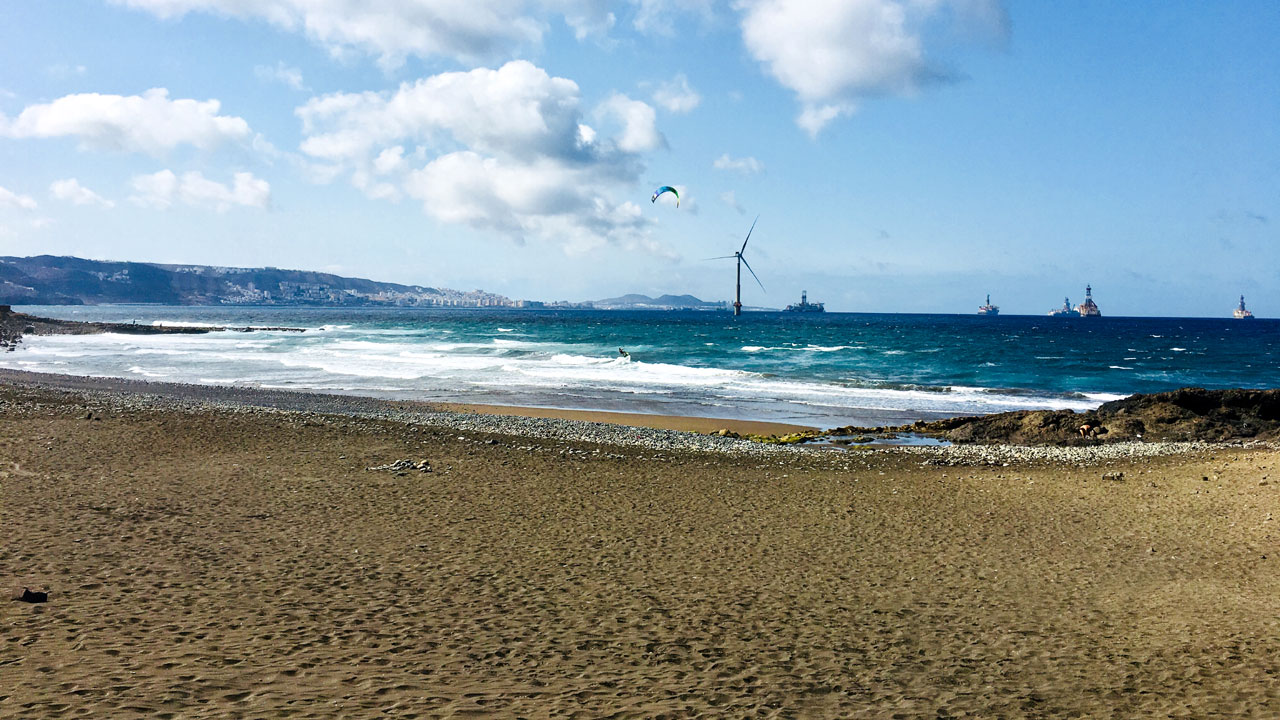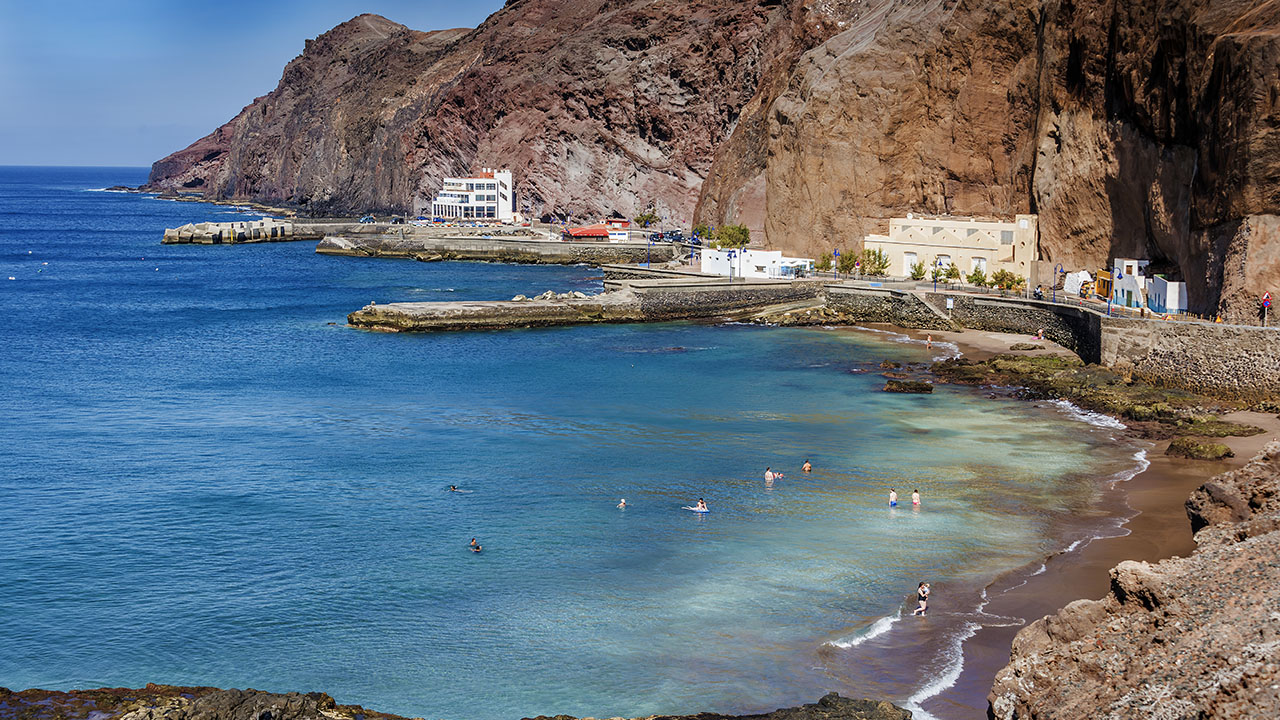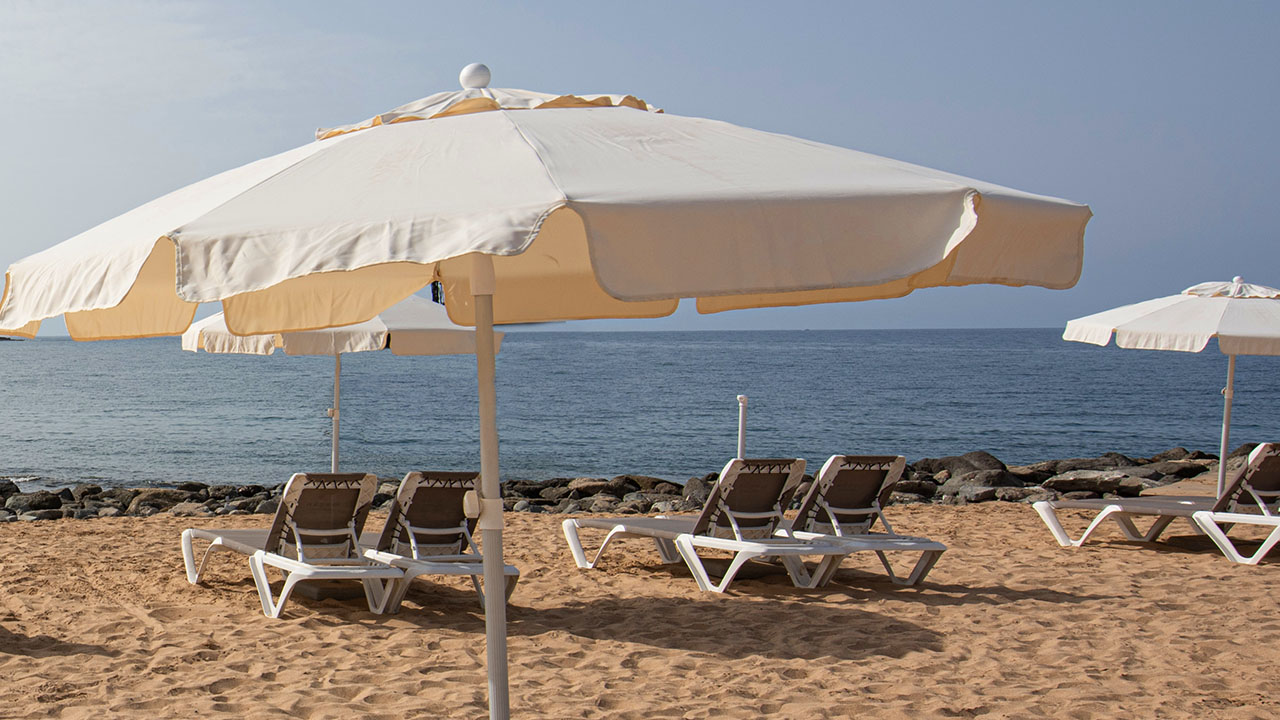The future is spinning round in Gran Canaria
The coast of Gran Canaria is the venue for Spain’s first marine wind turbine, equipped with all the latest modern day technology.
The new daughter of the wind resides along the east coast of Gran Canaria and is called Elisa, the name given to the ambitious project underway on the island in the form of the first ever marine wind turbine to be installed in Spain, and also the first in the south of Europe to be a permanent fixture. This prototype model is also a pioneer on a world scale as it uses cutting edge technology which has enabled its moving, building and installation in deep water without the need for large boats or marine cranes, thus reducing costs and opening up a whole new world of renewable energy possibilities.
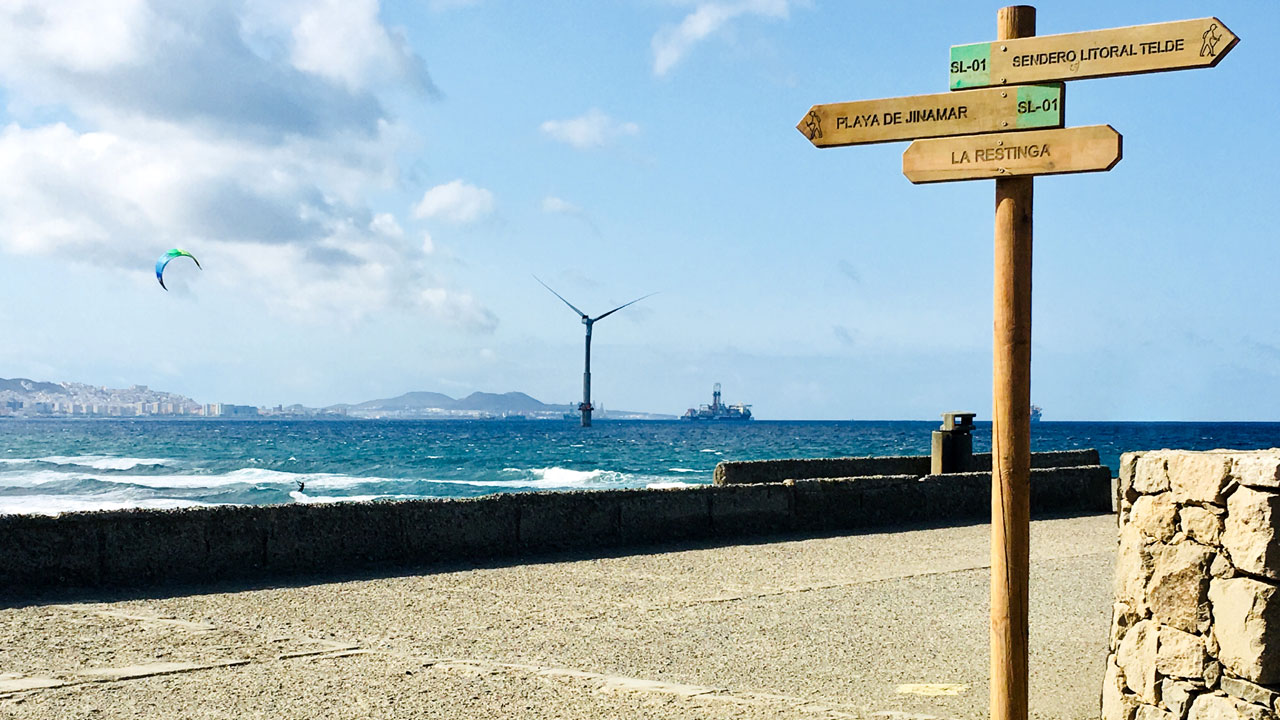
There is a now a fresh new breeze of opportunity for the wind turbine industry in Gran Canaria, meaning the island has now landed on the map in terms of experimentation with clean energies. The turbine rises magnificently above the testing area at the Plocan Canary Ocean Platform, where the 273-ton giant, which measures 132 metres in diametre and is 160 metres high (30 of which are submerged under this corner of the Atlantic), is put through its paces.
Elisa is a Titan who lives midway between the sea and the sky, making Gran Canaria a focal point for the advancement of the marine turbine industry, in which great hopes for the future lie. Indeed, the wind is more constant and blows harder over the sea, making its functionality that much more efficient. The future looks bright for Elisa, and the future is spinning round in Gran Canaria.
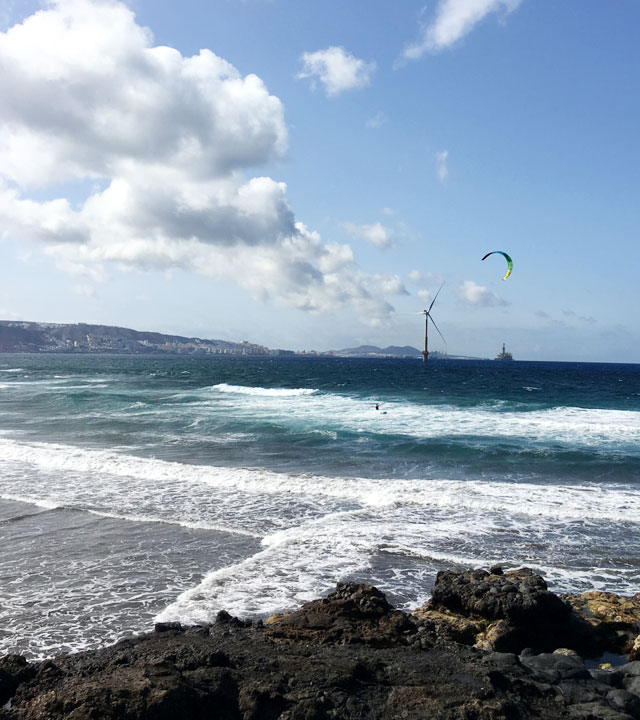
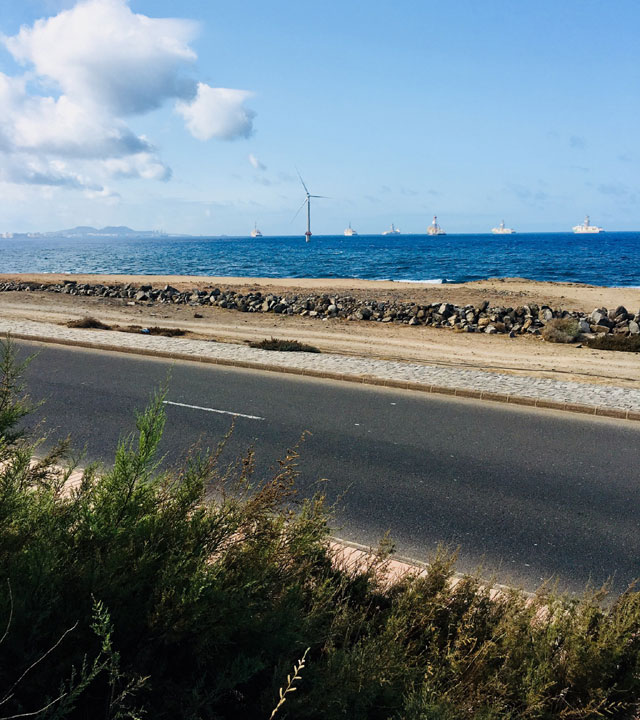
The Elisa-Elican project benefits from European funding from the Horizon 2020 Programme, and is bolstered by a conglomerate of cutting edge businesses led by Esteyco, and which also includes Gamesa, Ale Heavy-Lift and Dewi-Ul.
The Elisa experimental model has become reality following seven years of research. Its features include enhancing the possibilities of industrialization and economy by using prefabricated concrete in repetitive building that is common in a wind turbine park, as well as the robust durability of these kinds of structures in this tough marine environment.
Innovation is blowing in the right direction in Gran Canaria, and is doing so on many different levels. The telescopic tower also reflects huge technological innovation, as it allows for the auto-installation of the structure (unfolding like an everyday radio aerial) and it is mounted at the port, so reducing complex marine operations which are expensive and dependant on prevailing climatic conditions.
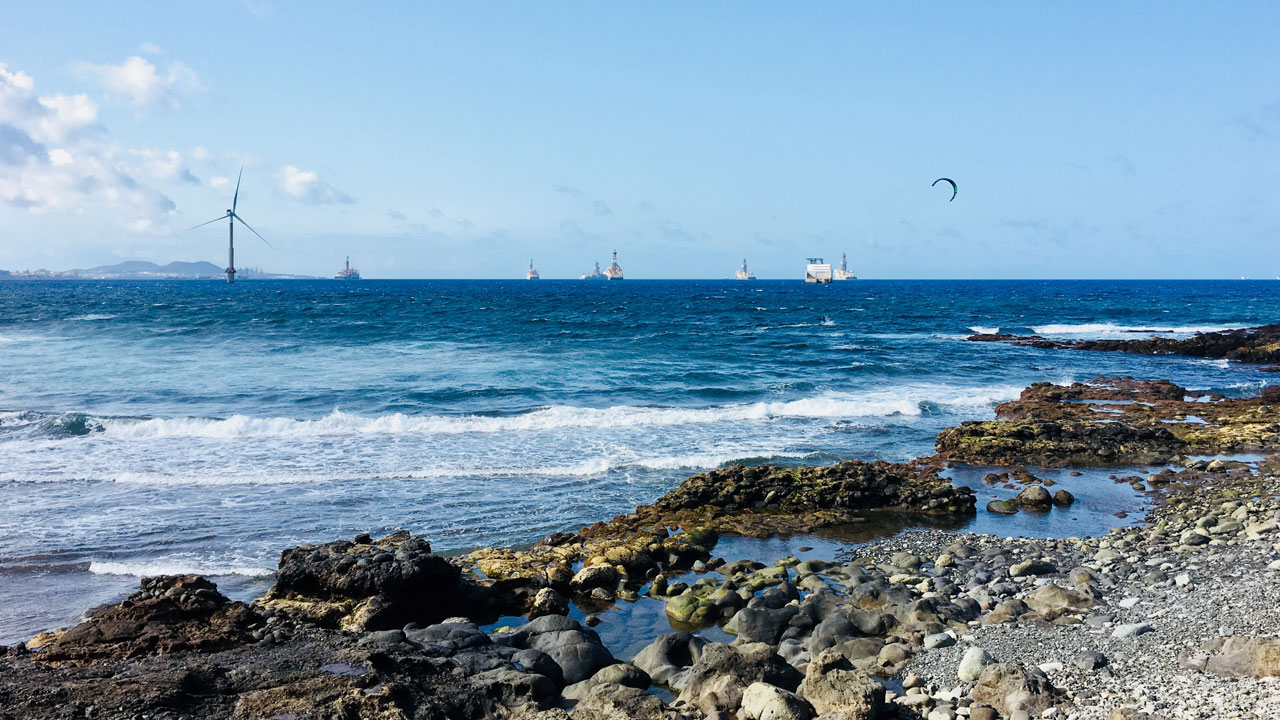
Eolo was the Greek mythological wind god, the son of Poseidon, the king of the seas. Now in Gran Canaria they give eachother a hug in real life, at the point where ocean is caressed by the wind. Just a short distance away northwards, on dry land, the sculpture of Triton welcomes visitors to the city of Las Palmas de Gran Canaria by blowing into an enormous shell. The sea and the sky continue to be the island’s best guides.

